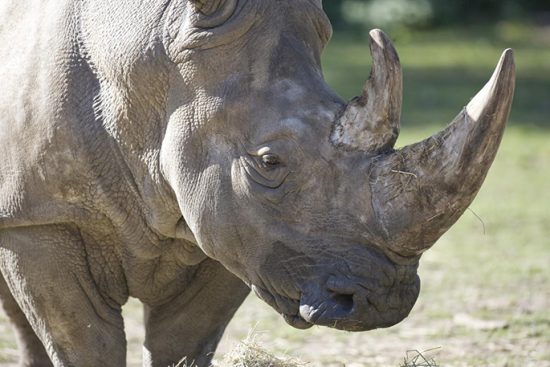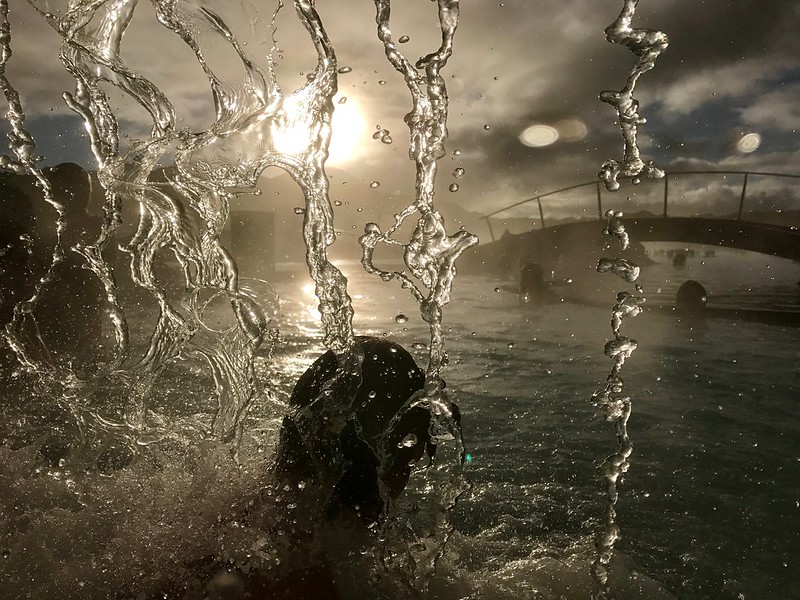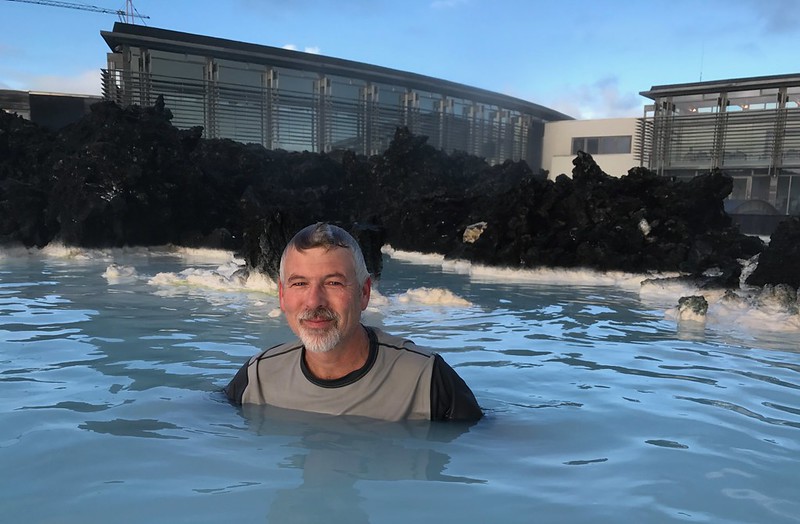If you want to power your home entirely on renewables, the general recommendation is to include enough battery storage to keep things running for 3-4 days without any input (no sun, no wind). This fascinating blog post looks at a hypothetical scenario where we wanted to scale this pattern up to supply the entire United States with enough battery to back up a 100% renewable grid.
He does the math, and comes up with a battery size of approximately one cubic mile. Size is not a problem (it would be distributed), but the cost would be around $25 trillion – more than the annual U.S. GDP. And we know of no source in the world capable of supplying enough lead (he uses lead batteries in the though experiment because they’re 85% efficient and are the cheapest form of battery). So there’s some problem solving to do there, and there are problems with the hypothetical – for example the whole nation would never experience a lack of sun or wind for four days, and we could share extra juice around on a well-distributed grid, eliminating the need for this much battery storage. Or we could come to a fantastic battery breakthrough that changes everything. Or … Good read.










